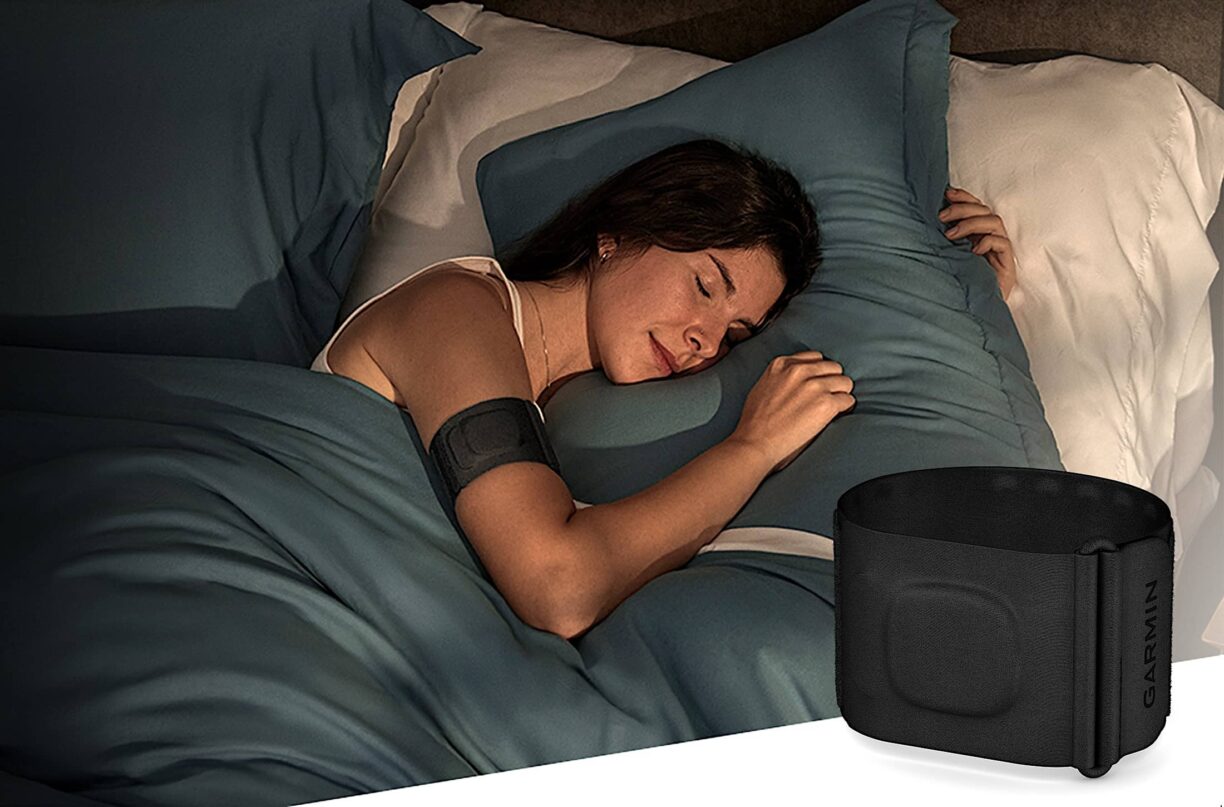It has felt like life has been on pause during lockdown – including our motivation to eat healthily and keep our bodies moving. However, as restrictions slowly lift, so does our desire to get our health back on track. But it can be hard to know where to start.
Dr Michael Mosley shares his expertise: We all know that eating plenty of fruit and veg and exercising is good for us. But at times, it can be really hard to summon up the enthusiasm, especially during this time of enforced lockdown. However, experts have been very conclusive that for people with pre-existing health conditions, Covid-19 seems to be more severe. This particularly appears to be the case for obese people.
However, no matter how much you weigh, a healthy lifestyle benefits everyone. Some of us might be struggling to do up our jeans at the moment, after weeks of elasticated waistbands. Compared to fat around the hips, fat around the waist is more metabolically active, is closely related to insulin resistance and seems to be more strongly associated with the risk of heart disease, stroke and diabetes.
The build-up of visceral fat is normally the result of a number of different factors, which include eating too much sugary, starchy food, drinking too much alcohol (particularly beer), not doing enough exercise, feeling stressed and sleeping badly, and, of course, genetics.

Start by cutting a piece of string to make it as tall as you are. Then fold that piece of string in half and try to wrap it around your middle.See if you can make the two ends meet. If you struggle to do this, it suggests that you are carrying too much weight around your middle, and therefore, your visceral fat level is probably too high.Alternatively, you can get a tape measure and measure your waist. Measure around your belly button. Do not rely on your trouser size.Ideally your waist should be less than half your height. So if you are 6ft (72in) tall, your waist should be less than 36in.
If you are worried about your health at the moment, the good news is there are some simple changes you can make to rejuvenate your lifestyle.
Resetting our sugar addiction
Have you ever wondered why the more sweet treats we eat, it becomes harder and harder to resist a bite (or two, or three?) With many of us turning to comfort eating during lockdown, now is a good time to reset our bodies.
Appetite, it turns out, is much more a matter of how our bodies respond to insulin, than of how physically full our stomachs happen to be. After a meal, the body keeps its blood-sugar levels within a safe range by releasing insulin. This, in turn, allows glucose to enter muscle cells for burning, and fat cells for storage. Insulin also triggers your neurons to send a “don’t eat” message to your appetite-centres.
This works well enough when we leave a good space of time between meals, and eat low-sugar, high-fibre foods, as our ancestors did for millions of years. In the sugar-saturated modern world, though, the system breaks down. Dosed with frequent glucose-spikes, our insulin receptors grow insensitive. Even though we have taken in more than enough energy, our sense of fullness is blunted: We feel a continuing urge to eat more.
Effective weight loss depends on putting a brake on the vicious cycle of insulin resistance. By cutting out high-sugar foods, changing our eating patterns and exercising, we give our cells a chance to recover, and to regain their insulin sensitivity, in the brain as well as in the muscles. Before long, it becomes easier to feel fuller for longer.
· Choose whole grains, such as brown rice, quinoa, millet and spelt, rather than processed carbs such as bread and white rice. Pulses are another excellent source of complex carbohydrate
· For the first meal of the day, eat a portion of protein-rich food. Studies have shown that this makes sugary food less tempting later on in the day
· If you feel tempted to eat a cake or a biscuit, have a low-calorie hot drink instead. A study conducted by the University of Colorado showed that simply holding a hot drink can make people more disposed to judge other people positively. With a friendlier view of the world, you are less likely to feel stressed – and so less likely to reach for the sugar
· Snack on low-sugar fruits. Raspberries, strawberries, blackberries, apples and pears are all relatively low in sugar, and can be eaten safely in moderation. Remember though, fruit served at room temperature tastes much sweeter – so don’t eat it straight from the fridge!
Intermittent fasting
I recommend intermittent fasting for anyone who needs to lose weight – for example you may have type 2 diabetes which can be reversed via fasting – I reversed mine this way!
The idea that fasting ‘slows your metabolism’ is a myth. Under conditions of marked energy deficit – 800 calories per day or less – not only do you simply lose weight by eating fewer calories, but your body responds to the stress of fasting by enhancing hormone function to facilitate weight loss and burn fat for energy.
Short-term fasting can lead to several changes in the body that make fat burning easier. This includes reduced insulin, increased growth hormone, enhanced epinephrine signalling and a small boost in metabolism.
According to a 2014 review of the scientific literature, intermittent fasting can cause weight loss of 3-8% over 3-24 weeks. Not only this – but people lost 4-7% of their waist circumference as well – indicating a large loss of the harmful belly fat in the abdominal cavity, strongly linked to chronic disease.
The optimum diet for a healthy lifestyle is the Mediterranean diet. Those following this type of diet are 30% less likely to die from a heart attack or stroke and cut their risk of developing type 2 diabetes by 50%. A Mediterranean diet includes tomatoes, fresh fish, olive oil and plenty of fresh, healthy vegetables. However, don’t assume to you need access to a fish monger or greengrocer to really benefit from this lifestyle. This weekend, I noticed there was an array of tinned ingredients like capers, anchovies, pickled cabbage, cannelloni beans, sun dried tomatoes and peppers in olive oil, tinned tuna, sardines, pesto etc – all of these ingredients are packed full of nutrients and fall into the Mediterranean diet category. Also, don’t discount frozen foods. We’ve noticed that there seemed to be frozen garlic, herbs as well as most vegetables available. Don’t be afraid to swap fresh for frozen in these times!
HIIT vs jogging
I swear by short HIIT exercises over low or medium intensity movement. During one of my documentaries, I committed to three lots of 20-second high intensity workouts on an exercise bike, three times a week. During this time my insulin sensitivity improved by 24%.
The biggest problem with exercise is compensatory eating and relaxing afterwards. People go on a treadmill for 30 minutes, burn around 120 calories, then lie around and reward themselves with a muffin. The theory with HIIT seems to be that it suppresses your appetite, so that this is less likely to happen.
Researchers have also learned that unlike normal-intensity exercise, HIIT directly targets visceral fat, burning away the fatty deposits that can lead to insulin resistance and type 2 diabetes.
Get out in your garden if you have one for some fresh air – if not, clear a space in your lounge, open the windows for some short bursts of daily HIIT. Just 20 minutes a day of activity that makes you out of breath will help you maintain a degree of fitness. You can use household objects like heavy tins and sealed bags of sugar or flour for hand weights. Pop some of your favourite music on and follow some of my HITT suggestions from www.thefast800.com.
You are not alone. While social distancing is still in place, we can still find a great deal of support online. You might find resetting your health easier within a community. A 12-week programme on www.tthefast800.com costs £99 and includes:
-
Personalised menus: 800 calories per day, 5:2, or a Mediterranean-style plan, all with vegetarian options. Your online personal assessment will determine the right plan for you (however, you can change your menu preferences at any time throughout the programme).
-
A meal planner: swap recipes in and out, as it suits.
-
Shopping lists that update when you change your meal plan.
-
Nearly 250 easy-to-make and ‘taste great’ recipes.
-
Exercise plans for the novice, confident and expert!
-
Mindfulness guidance.
-
A personal tracker.
-
All-new handouts and a library of videos to support learning.
-
An active forum of like-minded colleagues and dedicated health professionals.





